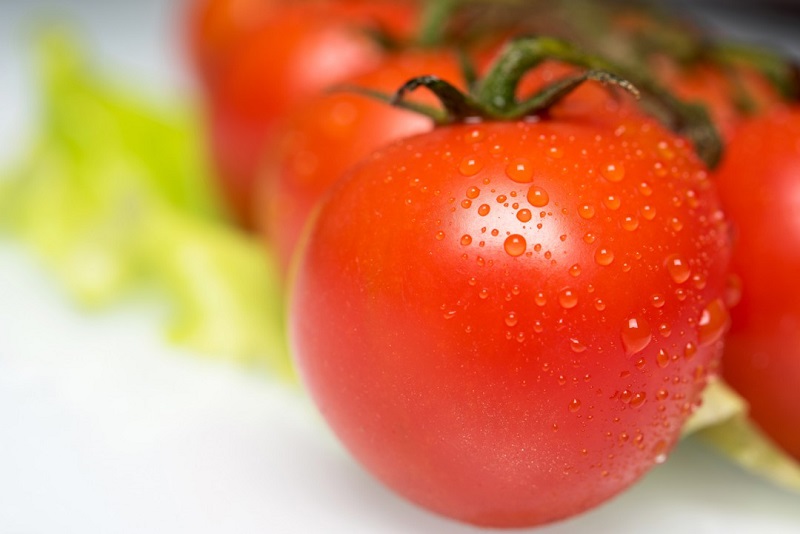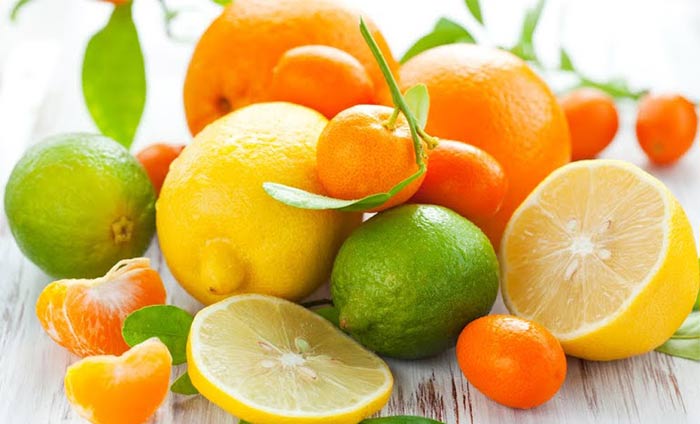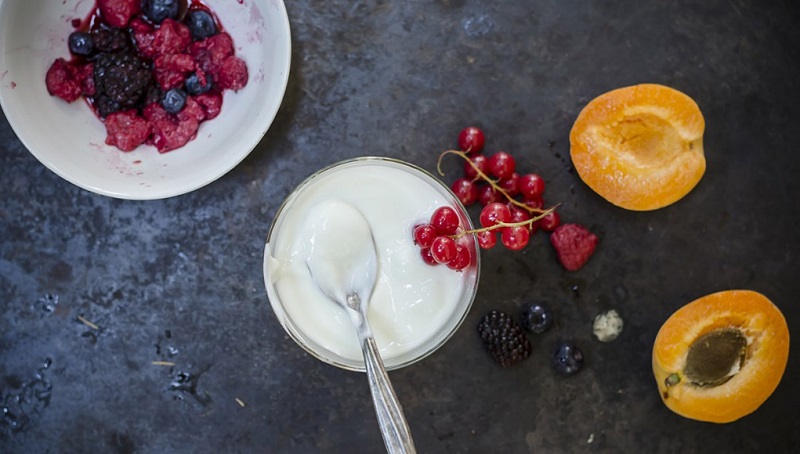Always considered excellence agribusiness, the supply chain of canned tomatoes responds to a market demand increasingly high and growing, even at international level, not only for the quality of our product, but also for its extensive use in recipes, from first to second, to pizzas, and desserts.
The history of the tomato in glass, the past, whole and in pieces, does not begin on the shelves of supermarkets, rather in rural homes, especially in the south, between August and September, during which tradition provided you dedicate time to the production of ritual tomato sauce to be eaten later in the rest of the year. Today, that not everyone can allow himself such activities either for lack of time for which the energy for which, we find, in supermarkets, an extremely wide choice between past, pulp and concentrates, which differ in particular for the processing and the presence techniques of water.

Processed tomatoes should have a high nutritional value due to their content of vitamins, minerals, carotenoids, potassium, phosphorus, zinc and selenium. Unless you are faced with cases of allergy to nickel or tomato, red fruit, in addition to the powers of laxatives and diuretics, it is low in calories and therefore also recommended restriction regimes: in fact, 100 g of tomato fresh make only 18 Kcal, and 100 g of tomato sauce about 30-35 (80.2% carbohydrates, 13.5% protein, 6.3% fat). The production takes place by selecting the tomatoes to which the pedicles and then subject them to cleaning are removed. From fresh tomatoes, it get passed through a process that involves simmer fruits sliced and seeded.
From a nutritional point of view, in addition to the virtues already mentioned, it is precisely with the cooking of tomatoes, which considerably increases the content of lycopene, a natural substance that the body is not able to synthesize alone and therefore it should be broken with the diet and it is more easily assimilated in certain vesting conditions, and the presence of cooking fats. Not only for this the classic combination provides for the addition of olive oil, preferably raw, in the sauce, but also because it integrates the content of beneficial substances. Lycopene, responsible for the red color of ripe berry, It is contained mainly in the skin and is an antioxidant capable of neutralizing free radicals.
Its presence makes the tomato not only protective against aging cell, but includes it as a food whose consumption reduces the risk of colon cancer, prostate and bladder. The bioavailability of lycopene in the tomato paste is about four times larger than that of the fresh tomato since probably a result of the cooking is freed from protein complexes in which it is incorporated. In addition to the action anticancer, anti-aging and weight-loss, nutritional and therapeutic benefits of tomato consumption are manifold, for the heart, to prevent osteoporosis, protect eyesight, control cholesterol and, why not, the tomato is good, healthy, nutraceutical.



